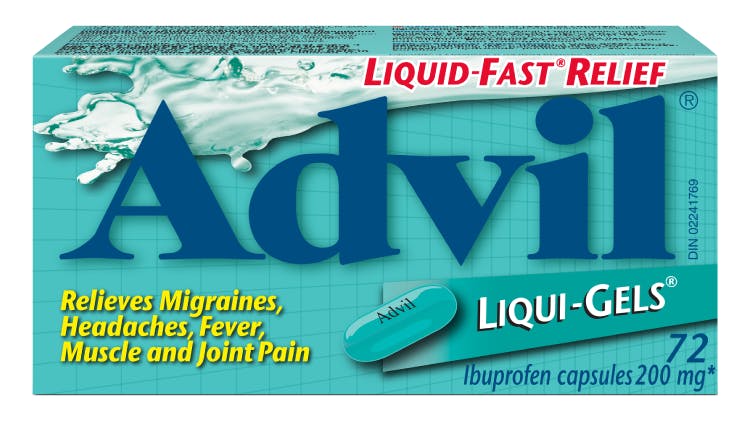Tension-type headache and migraines — management

How do you manage tension-type headache and migraines?
Each patient needs to be assessed to determine what it is they have, ruling out signs and symptoms that may indicate other more serious causes of the headache, treating the acute pain and counselling patients on how to avoid triggers.2-4
Treatment of the acute pain, however, can differ depending on whether it is a TTH or migraine and, can include both pharmacological and non-pharmacological methods.3,4
Additionally, there are specific treatments for acute migraine attacks, as well as preventive therapy.4
Management of tension-type headache and migraines

Non-pharmacological management for headaches
Some of these methods could help patients suffering from headaches find relief. Depending on the pain intensity, these non-pharmacological treatments may work alone or help support better relief together with medications:3,4
- Consider recommending a headache diary to your patient
- This will help them track their triggers, the types of medicines they are on, and how effective they are
- Advise rest in a dark and quiet room
- Develop a consistent sleeping routine
- Apply a cold compress to the head
- Learn stress management skills and try relaxation techniques
- Adjusting their lifestyle, such as reducing caffeine intake, ensuring regular exercise, and avoiding irregular or inadequate sleep

Pharmacological management for headaches
For the treatment of acute attacks:4
| TTH |
Migraines |
| Mild to moderate TTH can be treated with appropriate doses of analgesics such as acetaminophen or NSAIDs (e.g., ibuprofen, naproxen sodium). |
Mild-to-moderate migraines can be treated with adequate doses of analgesics, such as acetaminophen or NSAIDs. |
| Moderate TTH can be treated with appropriate doses of analgesics such as acetaminophen or NSAIDs (e.g., ibuprofen, naproxen sodium). | Severe migraines may require more migraine specific drugs. Patients should be referred to a physician for treatment beyond OTC medications. |
Preventive treatment for TTH is usually non-pharmacological. However, if the patient suffers from severe or chronic TTH, patients should be referred to a physician for treatment beyond OTC medications. |
Preventive treatment for migraines are mostly prescription drugs and patients should be referred to a physician for treatment. |
It is important to determine if your patients can take these medications prior to recommending them. Consider if they have comorbidities such as chronic kidney disease, liver disease, peptic ulcer disease, cardiovascular disease, and if they are taking any medications that may interact with the chosen treatment for headache or migraine.
NSAID = nonsteroidal anti-inflammatory drug; OTC = over the counter; TTH = tension-type headache.


